Rafael Nadal: The UNLUCKIEST Tennis player ever?
While Rafael Nadal retires as one of the GOATs of tennis, his was a career which did not have lady luck smiling upon him for many a reason.
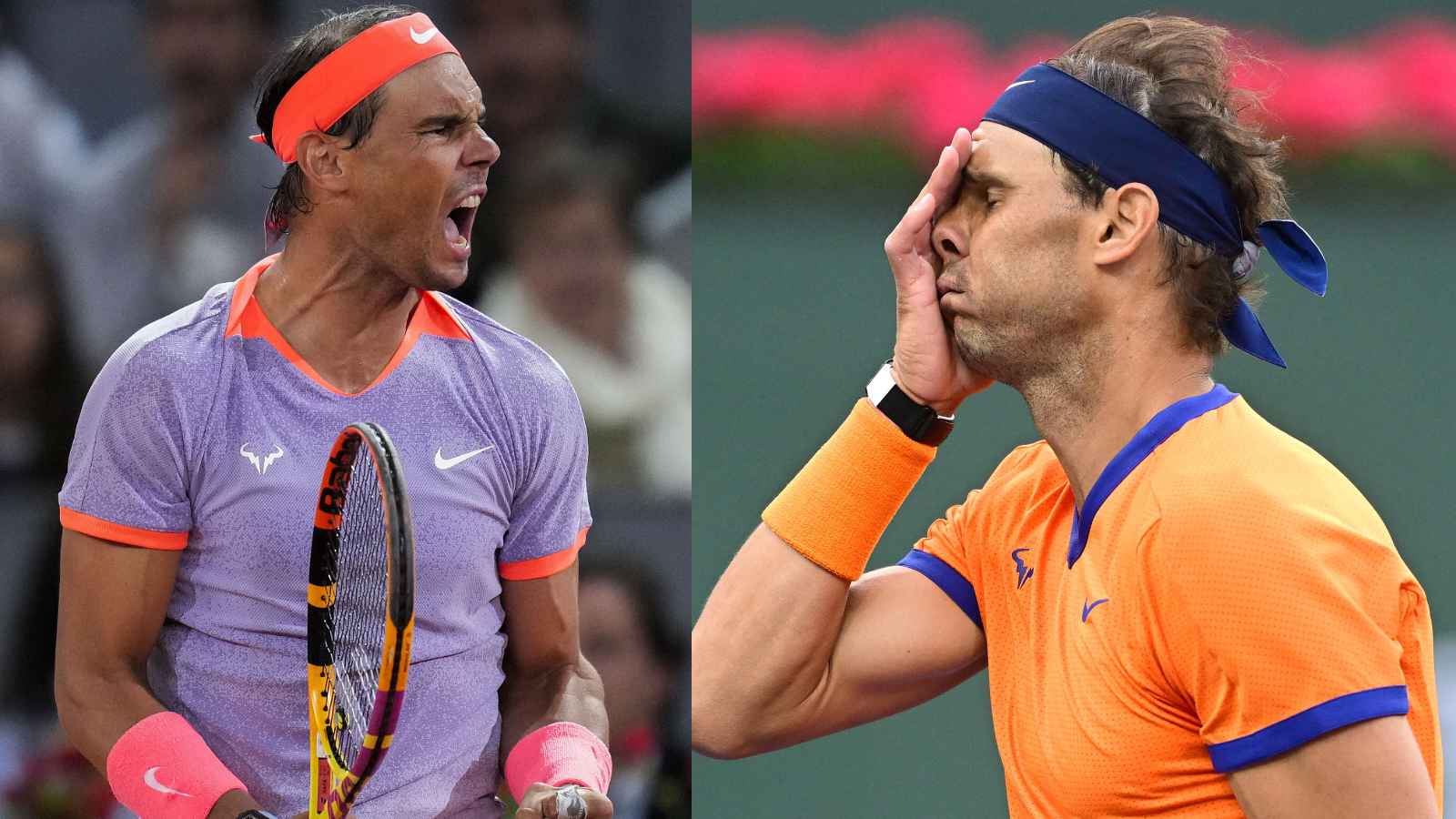
Rafael Nadal has retired from tennis with 22 Grand Slams to his name (via supersport, NYT)
Have you ever wondered why Rafael Nadal, who is regarded as one of the GOATs of tennis, is also regarded as the unluckiest player ever? And why has he been bestowed with this title? What is it that makes him unlucky as compared to his biggest rivals Roger Federer, Novak Djokovic, and Andy Murray?
Well, that’s exactly what we are going to dig into!
While Nadal is a legend of the game and one of the greatest athletes in the world, some aspects of his career might make him seem like one of the “unluckiest” players ever. To start with, let’s look into his injuries.
Nadal has had to deal with several injuries over the years, many of which have disrupted his momentum and kept him from playing at full strength during many parts of his career. His long list of injuries includes his knee injuries, notably tendinitis, which caused him to miss several tournaments, including the 2016 Rio Olympics, and even parts of other seasons.
Then there were his wrist injuries, which sidelined him for long stretches. After that, there’s the abdominal strain that resulted in him withdrawing from the 2022 Wimbledon Championships just before his semifinal match against Nick Kyrgios.
The Spaniard’s muscle strain at the 2024 Australian Open eventually forced him to retire. All these issues have regularly caused him to miss key events, including the Grand Slams.
Lady luck does not smile
In addition to his injuries, another reason for his not-so-favorable luck is his rivalry with the other two modern-day greats of tennis, Roger Federer and Novak Djokovic. This trio of players, often referred to as the Big Three, has gone on to dominate men’s tennis for over a decade, meaning that Nadal has had to contend with the pressure of being constantly compared to two other generational talents.
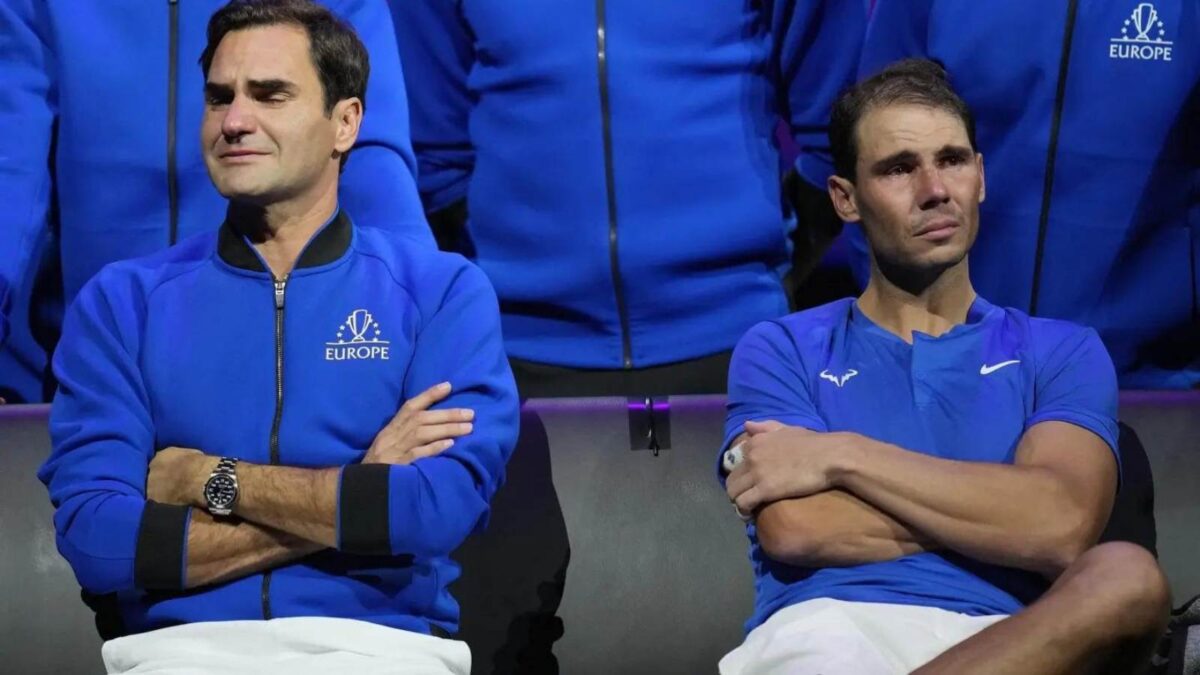
Djokovic, in particular, has been a constant thorn in Nadal’s side, with their rivalry marked by long, physically taxing matches and the Serbian having the upper hand on many occasions, especially when it came to hard courts and major finals.
Federer, on the other hand, was closer to Nadal’s playing style but did not miss the chance to take away some of the Mallorcan’s opportunities for titles, particularly at Wimbledon, where Nadal lost several heartbreaking finals, like in 2006 and 2007.
Djokovic holds a dominant head-to-head record over Nadal, especially on hard courts, which are crucial to overall Grand Slam success. As of 2024, Djokovic leads their head-to-head 30–29. The Serbian even defeated Nadal in the highly anticipated Wimbledon 2011 final, denying Nadal his third Wimbledon title.
Djokovic was at his peak and that match was seen as a passing of the torch, with him emerging as the new dominant force. Then there was the 2012 Australian Open final, which is considered one of the greatest matches in tennis history. Djokovic defeated Nadal in a five-set marathon, with the match lasting for over five hours.
It took a physical toll on both players, but Djokovic came out on top and Nadal lost another hard-fought opportunity for his second Major title Down Under.
As for his losses to Federer, Nadal’s rivalry with the Swiss maestro is known as one of the greatest rivalries in the history of the sport. Apart from being great friends, the two have created some historical moments on the tennis court together, with Federer defeating Nadal on a number of occasions.
Take the 2006 Wimbledon final for instance. It was Nadal’s first Wimbledon final and while he wasn’t yet the dominant force he would become, the match was still a pivotal moment in his rivalry with Federer. Federer was the defending champion and Nadal was rapidly emerging as one of the best players in the world.
While Federer won in straight sets, Nadal was able to win a tiebreak and make him work hard for his victory, which set the stage for their future showdowns. A year later, the two locked horns once again in the 2007 Wimbledon final where Nadal made a strong push to dethrone Federer at Wimbledon, taking two sets off him.
It was quite a close contest and the match shed light on how far Nadal had come on grass, which was considered his weakest surface. Federer had the mental edge, however, and his ability to win critical points in the tightest of moments, particularly in the first two tiebreaks, made the difference. This was another loss that showed Nadal’s potential and also his inability to break Federer’s reign at Wimbledon.
The breakthrough on grass
The 2008 Wimbledon final, which is arguably the greatest final in tennis history, proved to be a monumental moment in both players’ careers. After two previous losses at Wimbledon, Nadal finally defeated Federer in a classic five-set thriller.
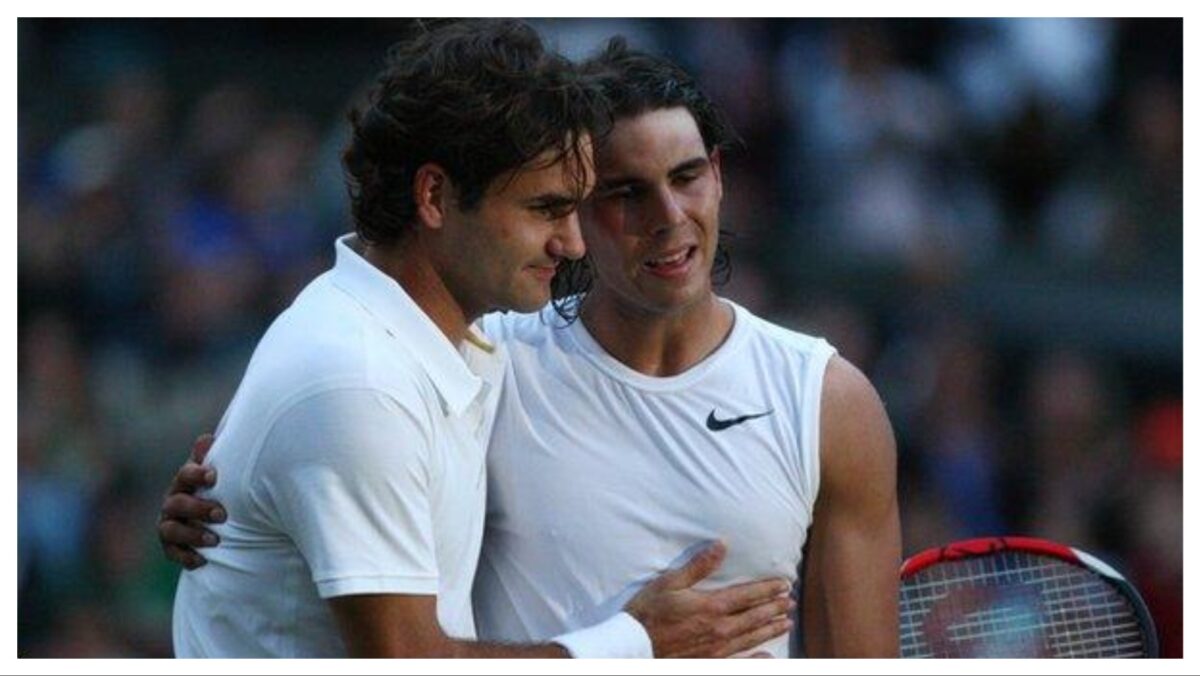
The match featured a mix of incredible shot-making, mental resilience, and dramatic momentum shifts, particularly with the final set lasting 9-7 after more than four hours of play. This is when Nadal finally managed to dethrone Federer.
Now, we all know that Nadal is referred to as the “King of Clay” because of how he has dominated on the surface with 14 French Open titles to his name. But much to his dismay, he was not as successful on the other two surfaces.
Nadal is famous for his physical playing style and relentless intensity, which has made him nearly unbeatable on clay. But this led to him struggling on faster surfaces like grass and hard courts due to the wear and tear on his body. His best surface is also often not the one played most during the tennis season, which has resulted in him losing out titles to players like Djokovic and Federer.
Luck of the draw
Another reason for Nadal’s bad luck is the disadvantage he faced when it came to draws and timings of major tournaments. Take the 2009 Australian Open as an example, where Nadal was in the same half of the draw as Federer, Djokovic, and Murray. This made it incredibly hard for him to win the title.
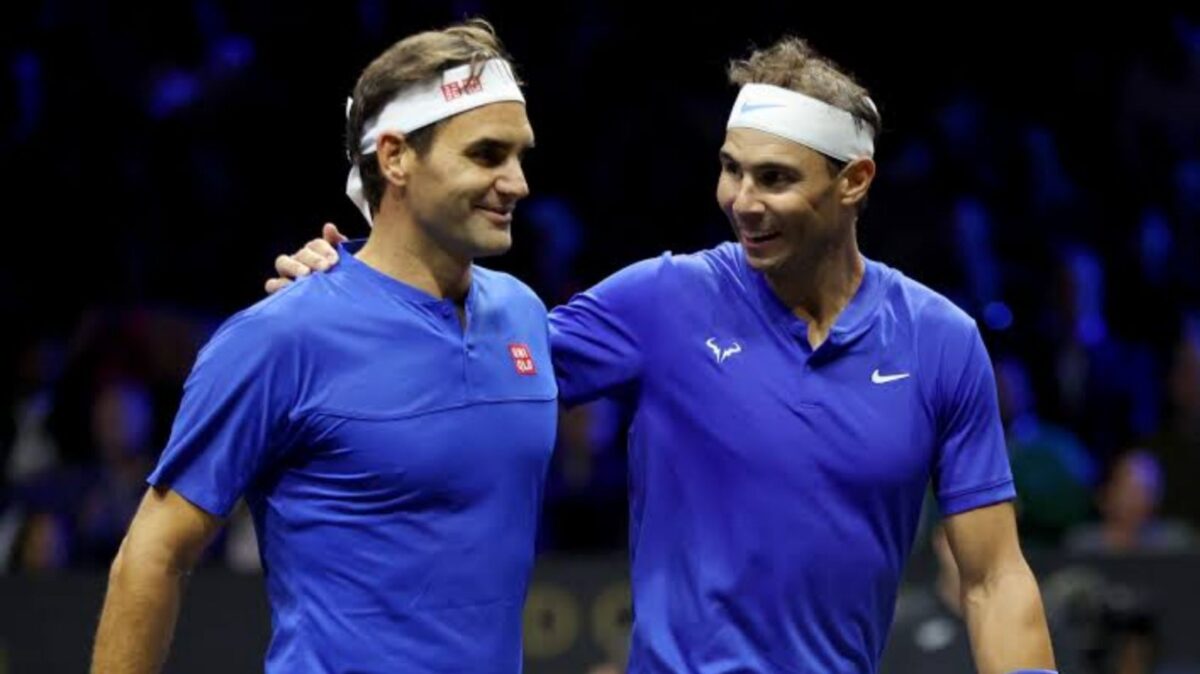
Another great example would be the 2008 Wimbledon Championships, where Nadal faced Federer in one of the greatest finals ever and narrowly won. That match was not a piece of cake and left him battered because of the physical and mental demands of the game.
As if the competition was not tough enough already, Nadal has always found himself at the receiving end of severe mental pressure and fatigue to win, especially on clay, which creates additional performance anxiety.
Additionally, his emotional investment in each match, combined with the extreme physical toll of his playing style, has meant that every setback, every injury, and every loss has taken a larger-than-average toll on his mental well-being. Nadal has faced enormous pressure from not just fans but also the media, who often expect him to win regardless of the circumstances.
Breakdown due to wear and tear
Injury woes never really left Nadal. He was often haunted by the scare of injury, particularly his knee issues that troubled him throughout his career. The pressure to maintain peak physical form while dealing with these injuries was a constant mental burden.
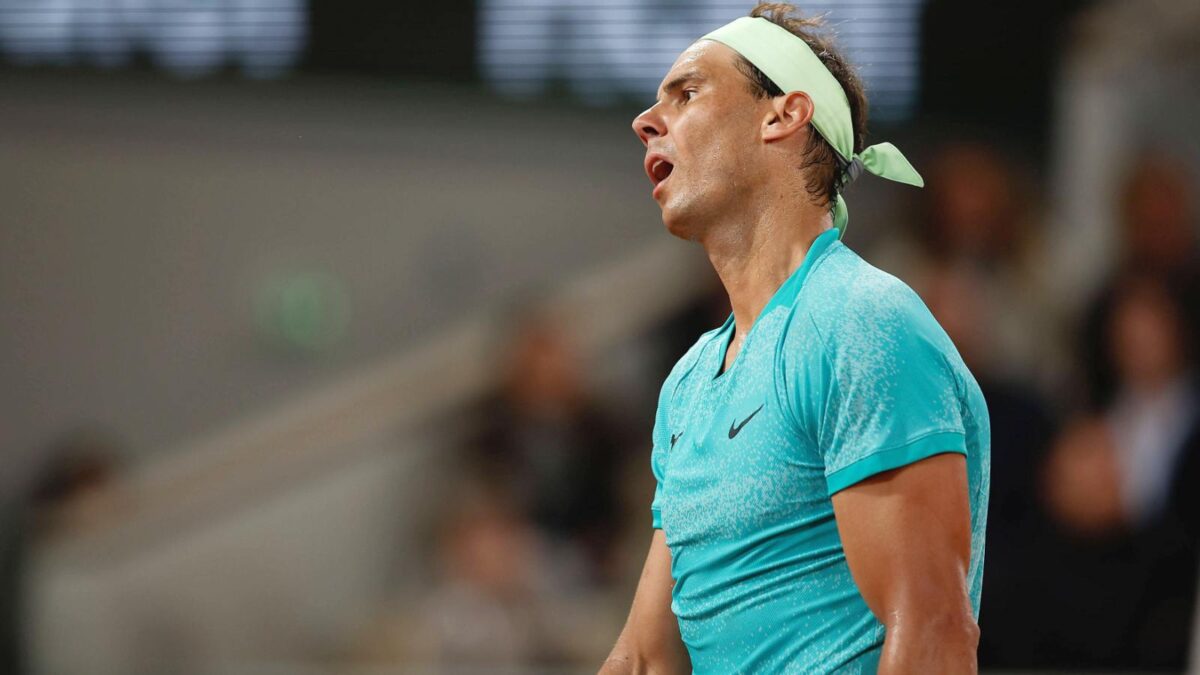
Each time Nadal sustained an injury, the media would question whether it was the end of his career, and fans worried if he would ever return to full strength. However, his commitment to overcoming these obstacles, like his undying determination to keep playing despite the pain, added pressure to his mental state as he felt the weight of proving people wrong.
And as if this pressure wasn’t enough for him, the criticism that Nadal was only a “clay court specialist” intensified during his prime years, especially when his results on grass and hard courts weren’t initially as dominant. This created constant mental pressure on Nadal to prove his versatility and win titles outside of Roland Garros.
The idea that his legacy would somewhere be less than Federer’s or Djokovic’s if he didn’t win on every surface weighed heavily on him, particularly as he fought against physical issues as well. Although Nadal has won several Grand Slams and has been extremely successful on the ATP Tour, he has faced frustrating near-misses for a Calendar Grand Slam (winning all four Major titles in one year).
In 2010, he achieved a Career Grand Slam, but he has never won all four in the same year, courtesy of Djokovic’s dominance at Wimbledon and the US Open during certain stretches. His chances of winning the Calendar Grand Slam have often been curbed by injuries or unfavorable matchups in the Majors.
Riding into the sunset, proud and satisfied
Rafael Nadal’s professional career spanned over 20 years, beginning in 2001 when he turned pro at the age of 15, and concluded this year after the legend played his final game at the Davis Cup. The tribute he got at the Davis Cup was nothing short of memorable and emotional.
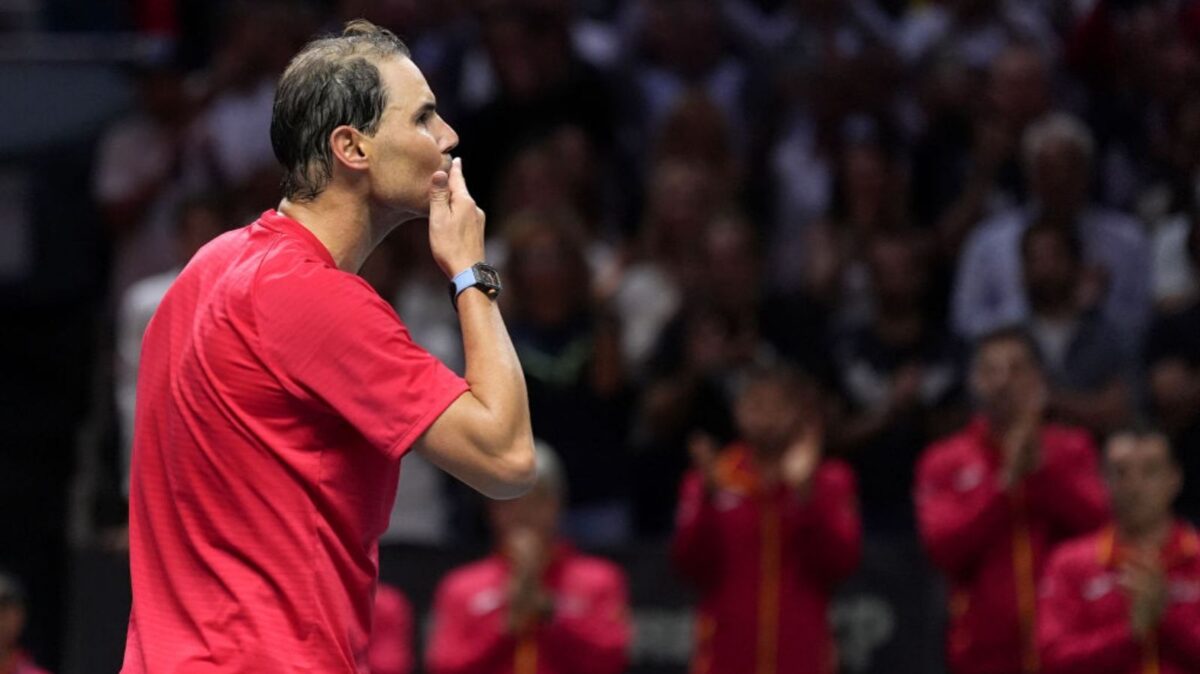
Right after Spain’s quarterfinal loss to the Netherlands, an emotional ceremony honored Nadal’s contributions to the sport. The event featured heartfelt tributes from fellow athletes, including Roger Federer, Novak Djokovic, Serena Williams, and Andy Murray.
Nadal, who was visibly emotional, expressed deep gratitude to his supporters and family, reflecting on his journey with emotion and humility. He said that he could retire with peace owing to the legacy he leaves behind.
I leave with the peace of mind that I have left a legacy, which I really feel is not just a sporting one but a personal one. I understand that the love I have received, if it was just for what happened on the court, would not be the same.
Rafael Nadal told fans in Malaga
While the titles and other statistics are what make him one of the GOATs of tennis, he didn’t want to pay much attention to that. He said that he would like to be remembered instead for how he achieved his dreams despite coming from humble roots.
The titles, the numbers are there, so people probably know that, but the way that I would like to be remembered more is like a good person, from a small village in Mallorca. I had the luck that I had my uncle who was a tennis coach in my village when I was a very, very small kid, and a great family that supports me in every moment. I just want to be remembered as a good person, a kid that followed their dreams and achieved (even) more than what I had dreamed.
Rafael Nadal added
While Nadal retires as a legend of the sport, being one of the most successful players in tennis history has come at a cost. His has been a career that was marred by a series of unfortunate circumstances, ranging from injuries, fierce competition, bad draws, and the demands of his physical style of play.
Nonetheless, what cannot be denied is the fact that the Spaniard is nothing less than a legend of the sport and undoubtedly one of the greatest to ever play the game of tennis. Safe to say that we will not see someone like Nadal ever again.


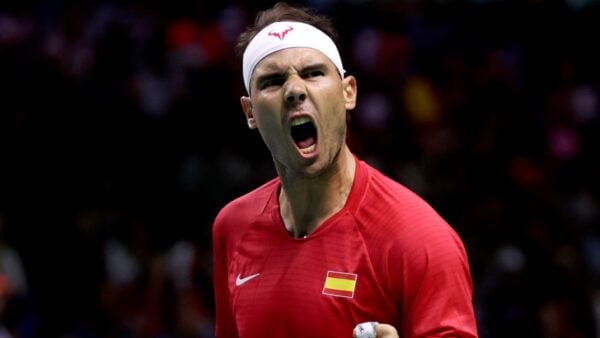
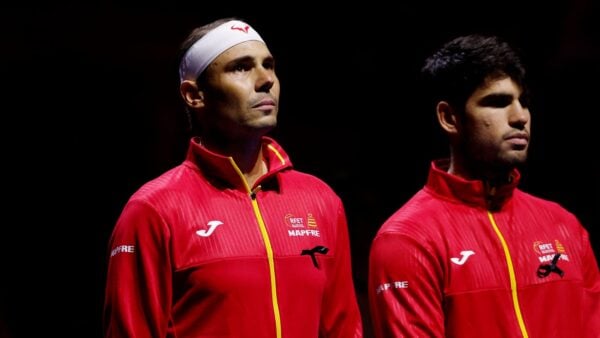
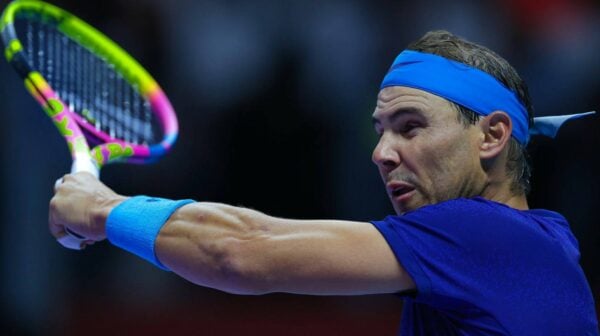
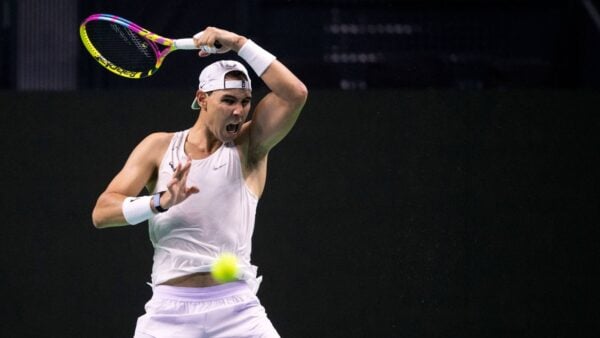









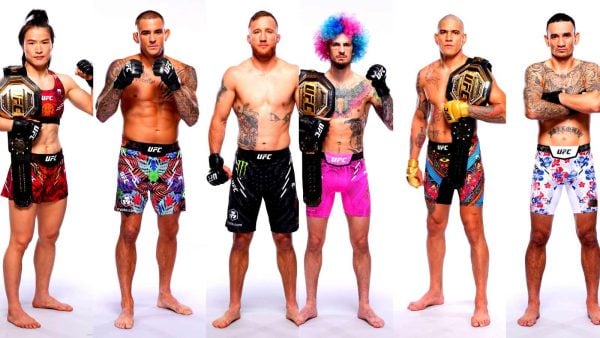
Anirudh Velamuri
(58 Articles Published)